After reading The Luminaries, we were excited to visit Hokitika on our recent trip to New Zealand. We were hoping that someone would have capitalised on the attention the book and town received after the Booker Prize was announced and made a map of the locations in the book. Sadly, nobody with local knowledge appears to have done so. So, armed with the search function on the kindle app, we tried to make our own.
Spoilers abound.
[googlemaps https://maps.google.com/maps/ms?msa=0&msid=209254270923138713696.0004eee18fa3ddba20138&ie=UTF8&t=h&ll=-42.716372,170.97147&spn=0.060539,0.109863&z=13&output=embed&w=640&h=480]
1. Moody sails into Hokitika aboard the Godspeed. 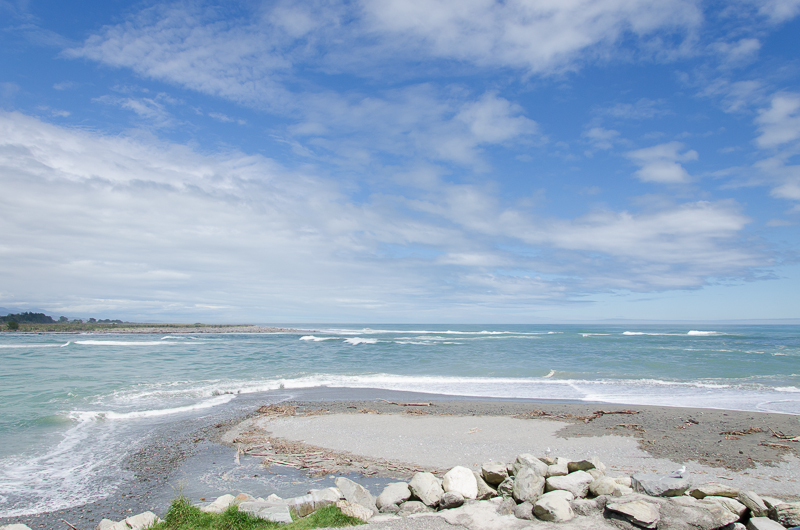
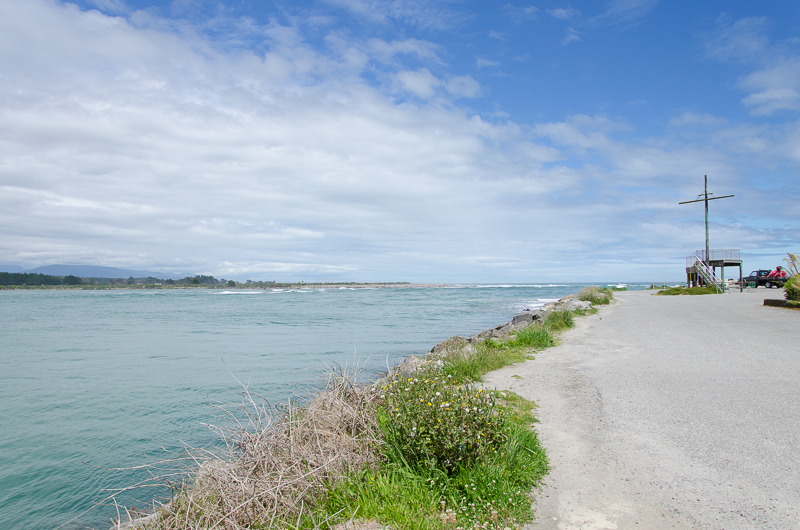
The river mouth itself was calm , a lakelet thick with masts and the fat stacks of steamers waiting for a clearer day ; they knew better than to risk the bar that lay concealed beneath the water and shifted with each tide. The enormous number of vessels that had foundered on the bar were scattered as unhappy testament to the hazard below. (p. 19)
The waves were pretty rough outside the river mouth.
2. Moody lands at Hokitika Port 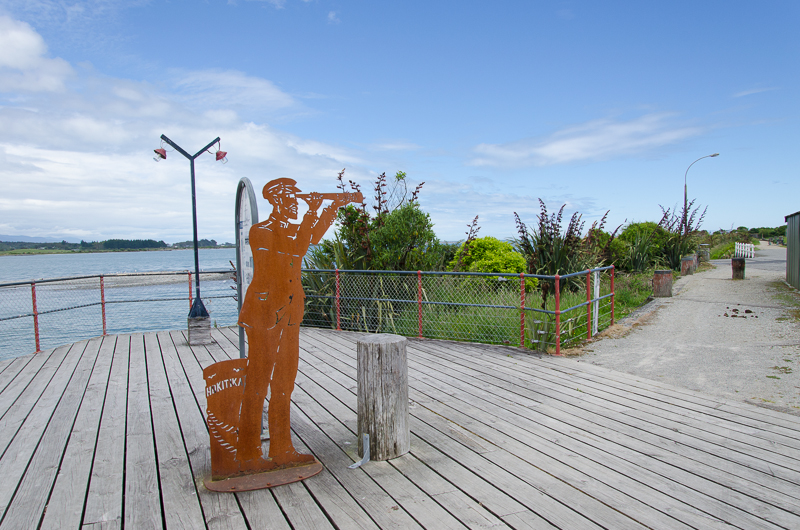
They were carried over the bar and into the calm of the river mouth on a white-capped wave. He did not shut his eyes. When the lighter reached her mooring he was the first out of the boat, drenched to the skin and so giddy he stumbled on the ladder, causing the boat to lurch wildly away from him. Like a man pursued he staggered, half-limping, down the wharf to solid ground. (p. 20)
3. Moody walks through the rain to find a hotel 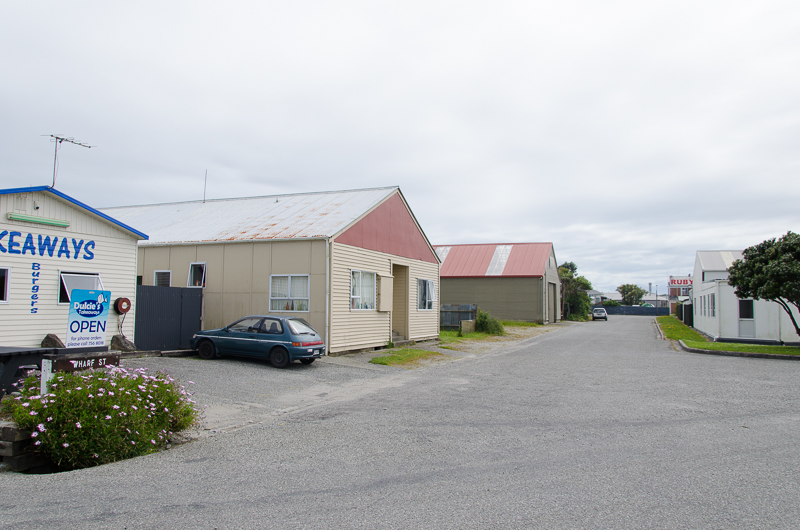
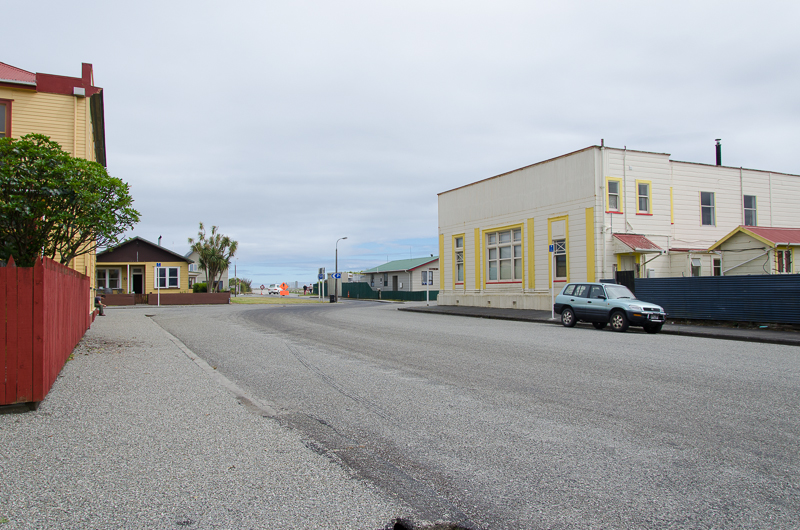
Moody did not linger. He turned and hurried up the beach, past the slaughterhouses, the latrines, the breakwind huts along the sandy lip of the shore, the tents that sagged under the graying weight of two weeks’ rain. His head was down, his case clutched tightly against him, and he saw none of it: not the stockyards, not the high gables of the warehouses, not the mullioned windows of the offices along Wharf-street, behind which shapeless bodies moved through lighted rooms. Moody struggled on, shin-deep in slurry, and when the sham front of the Crown Hotel rose up before him he dashed toward it and threw down his case to wrench with both hands at the door. (pp. 20-21)
4. Moody takes a room at the Crown Hotel. 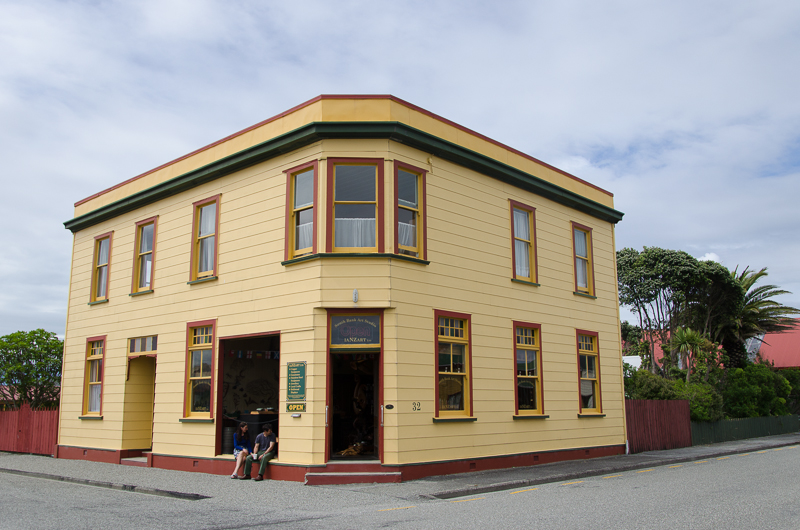
The Crown was an establishment of the serviceable, unadorned sort, recommended only by its proximity to the quay. If this feature was an expedience, however, it could hardly be called a virtue: here, so close to the stockyards, the bloody smell of slaughter intermingled with the sour, briny smell of the sea, putting one in mind, perpetually , of an untended icebox in which an uncured joint has spoiled. For this reason Moody might have disdained the place offhand, resolving instead to venture northward up Revell-street to where the fronts of the hotels broadened, brightened in color, acquired porticoes, and communicated , with their high windows and their delicate fretwork, all those reassurances of wealth and comfort to which he was accustomed, as a man of means… but Moody had left all discerning faculties in the pitching belly of the barque Godspeed. (p. 21)
We’re not actually sure about this location, but there was a historic building there.
5. Anna is found in the Christchurch-road.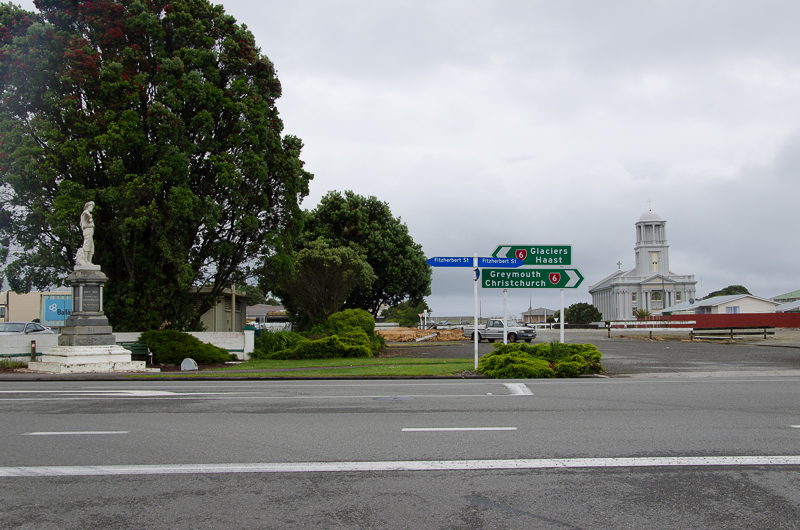
On the outskirts of Hokitika their company was further delayed. As they advanced upon the township they came upon a woman, utterly insensate and soaking wet, lying in the middle of the thoroughfare. (p. 49)
6. Devlin and Gillies go to Crosbie Wells’ cottage.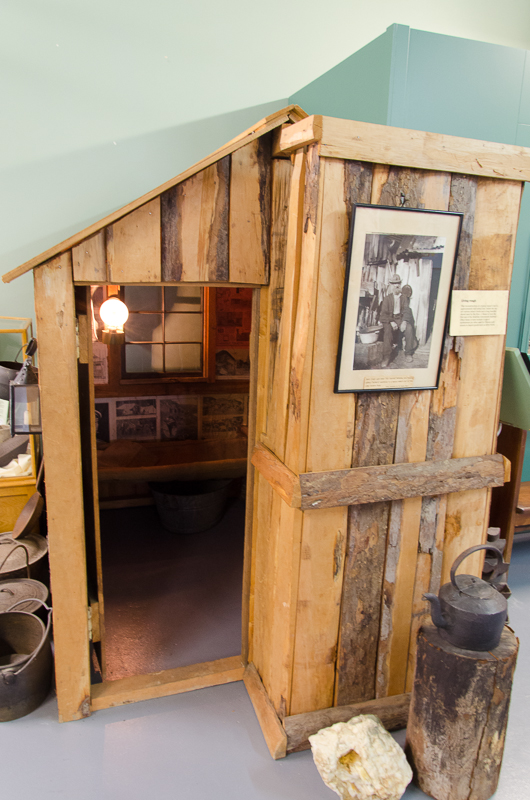
The chaplain and the physician drove northward up the beach, and turned inland once they reached the mouth of the Arahura River. Crosbie Wells’s cottage, situated some three or four miles upriver, was of simple construction— a timber box beneath a sloping roof of sheet iron— though Crosbie Wells had afforded himself the handsome luxury of a glass window, set into the north side of the house. (p. 90)
The pictured building is a miner’s hut from the Hokitika Museum. We also did the Blue Spur Bushwalk near the Arahura Valley, where Wells lived. The path passed by (or went through) some relics of gold mining, like this mine shaft and a channel that was carved to drain water away from the miners’ claims.
7. Shepherd plans a new gaol-house at Seaview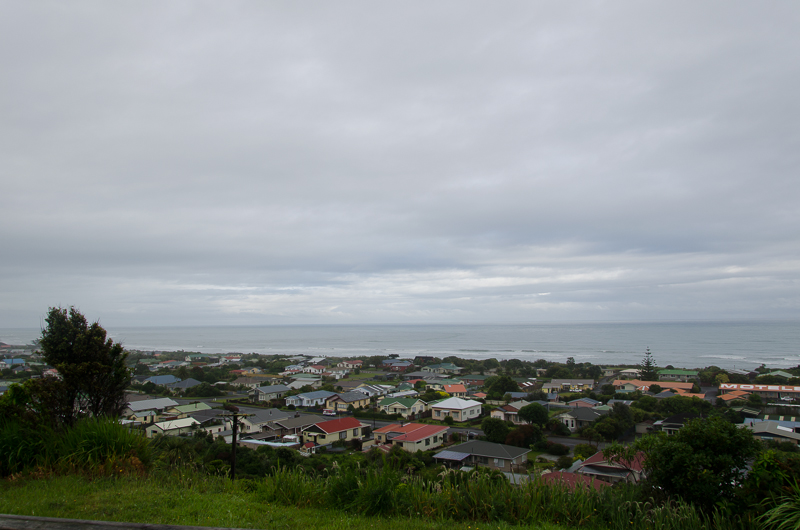
I have the Commissioner’s endorsement to begin work upon a new gaol-house, away from the Police Camp, on the terrace north of town. … I intend to do the same thing here: I shall use my own convict labor to build the prison at Seaview.” (p. 137)
The gaol-house building is no longer there, but there was a kiosk with historical information and photos.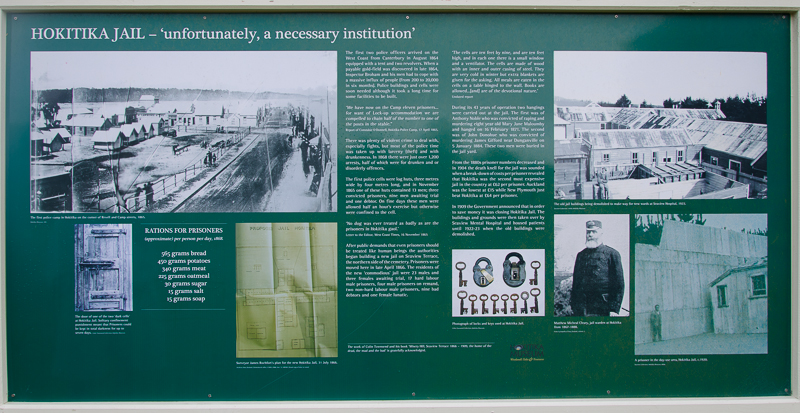
7. Carver places an ad in the West Coast Times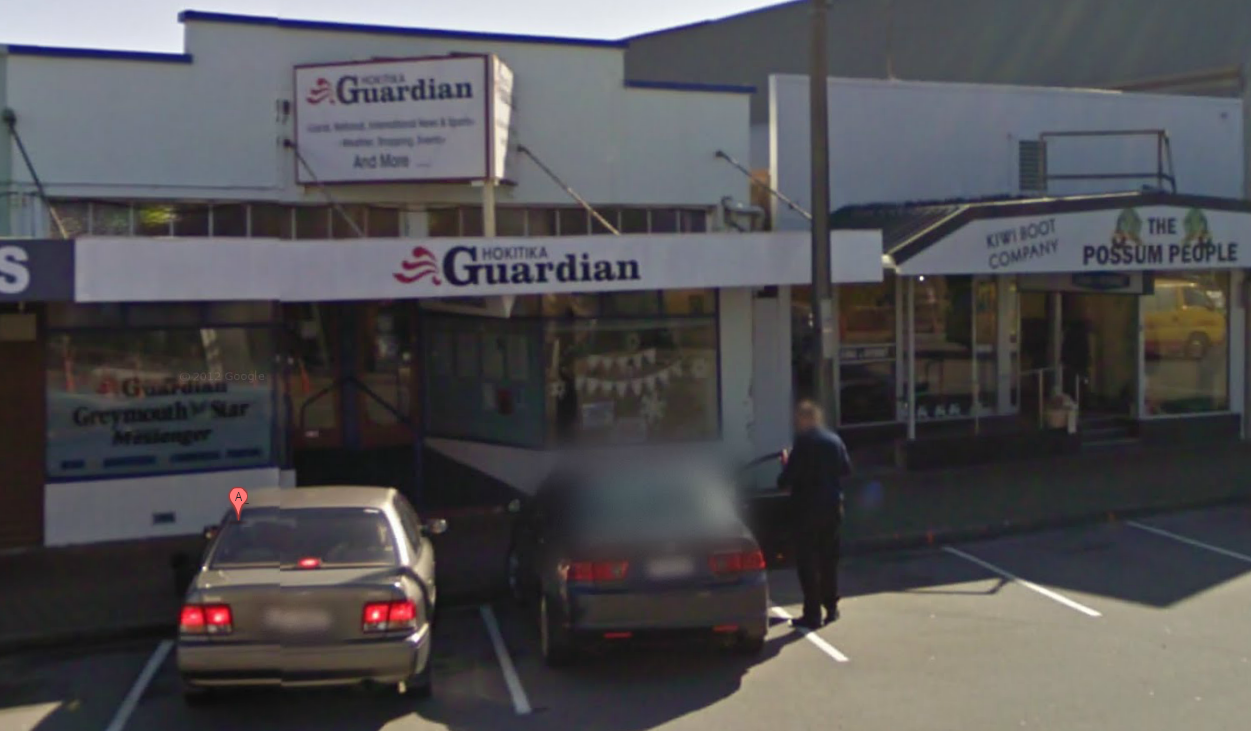
One morning in the month of June, 1865, a dark-haired man with a scar on his cheek entered Löwenthal’s small office on Weld-street and asked for a notice to be placed in the West Coast Times. (p. 203)
We assumed we wouldn’t be able to figure out the street number of the West Coast Times office, so we didn’t try to take a photo. We did go to “The Possum People”, which is right next door to the current Hokitika Guardian office. The Hokitika Guardian started out as the West Coast Times and is still on Weld St, so here’s a screencap from google streetview. The issue of the newspaper in which Carver’s ad appeared is sadly fictitious, but here’s the issue for the day the book begins.
9. Tauwhare visits Wells’ grave in the cemetery at Seaview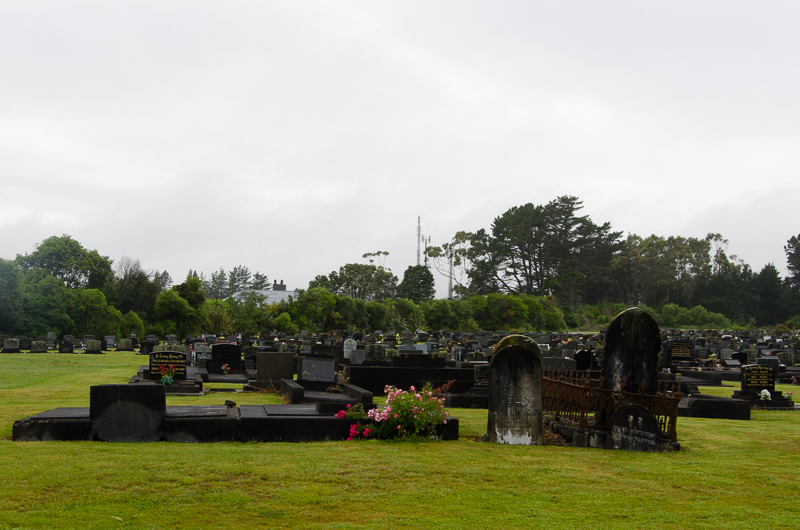
The terrace of Seaview, aptly named, had a singular prospect of the ocean, which, from this height, was a featureless expanse , a fat band of uniform color, with the sky a lighter shade of the same. The shoreline was not visible from the terrace, owing to the steepness of the cliff below— the edge gave out abruptly into a scree of loose stones and clay— and the blankness of this vista, trisected into earth, water, air, with no trees to interrupt the level, and no contour to soften the shape of the land, alarmed one’s senses to the point that one was soon compelled to turn one’s back upon the ocean altogether, and to face the eastern mountains instead— which were obscured, today, by a shifting curtain of white cloud. Below the terrace, the clustered roofs of Hokitika gave way to the wide brown plain of the Hokitika River and the gray curve of the spit; beyond the river, the coastline bore away southward, blurring with haze and distance until it was swallowed absolutely by the mist. (p. 304)
It was in the company of the lost and the drowned that Crosbie Wells lay at his eternal rest, for there were yet only a handful of headstones in the plot at Seaview, and most of them were memorials erected in honor of vessels that had been wrecked, or lost at sea: (p. 310)
10. Sook Yongsheng and Quee Long walk from Kaniere to Hokitika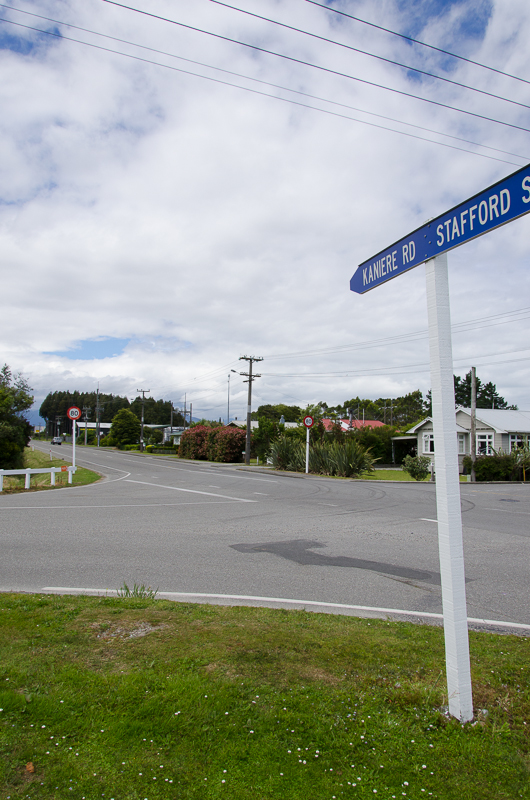
Sook Yongsheng and Quee Long stamped down the Kaniere-road toward Hokitika, identically clad in wide-brimmed felt hats, woolen capes, and canvas overshoes. … There was little traffic save for the infrequent cart or lone rider making for the warmth and light of the town ahead— still some two miles distant, though one could hear the roar of the ocean already, a dull, pitchless sound, and above it, the infrequent cry of a sea-bird, the call floating thin and weightless above the sound of the rain. (p. 322)
11. Ah Sook hides with his gun
[Ah Sook] resolved instead to take his pistol into the alley that ran in parallel between Revell-street and Tancred-street. The alley formed a rutted thoroughfare between the rear allotments of the Revell-street warehouses and hotels, which faced west, and the rear allotments of the Tancred-street cabins, which faced east. (p. 587)
Quitting the Crown, [Moody] turned down the narrow path that led to the beachfront and at once began walking north, his swag clanking on his back , his tent roll bumping the backs of his legs with each step. (pp. 711-712)
13. Emery (and others) prospected near the Hokitika Gorge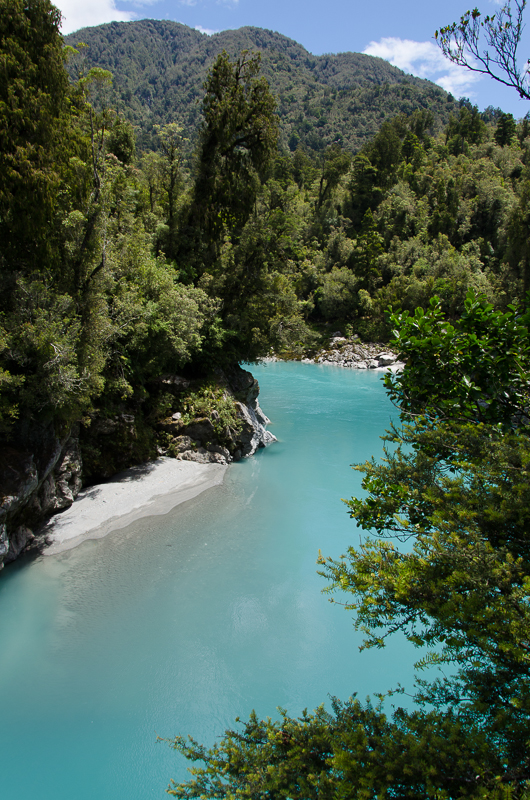
EMERY STAINES WAS yet to make a strike in Hokitika. He had not yet found a patch of ground he liked well enough to stake, or indeed, a company he liked well enough to join. He had amassed a small “competence” in dust, but the pile had been collected variously, from beaches both north and south of the river, and from small gullies on the far side of the Hokitika Gorge. (p. 759)
Moody was intending to prospect in the gorge, and Nilssen had “an abortive episode” there before realising he’d make more money as a commission merchant. This was a beautiful spot, with gorgeous turquoise water and a fun suspension bridge. It would have been a long way from town on foot or horseback, though.
14. Carver notices Tauwhare’s patu pounamu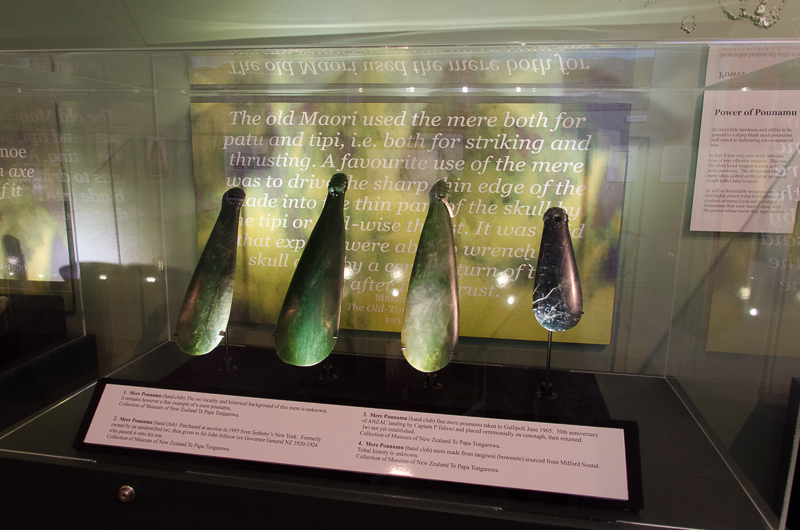
Carver, having delivered his message, was about to bid the other man goodbye when the stone caught the light, and seemed suddenly to brighten; curious, he pointed at it, saying, “What’s that— a paddle?” “Patu pounamu,” said Tauwhare. “Let me see,” said Carver, holding out his hand. “Let me hold it.” Tauwhare took the club off his belt, but he did not hand it to the other man. He stood very still, staring at Carver, the club loose in his hand , and then suddenly, he leaped forward, and mimed jabbing Carver in the throat, and then in the chest; finally he raised the club up high above his shoulder, and brought it down, very slowly, stopping just before the weapon made contact with Carver’s temple. “Harder than steel,” he said. (p. 777)
The patu pictured were at Hokitika Museum.
We also went to Dunedin, which is where several of the characters first arrived in New Zealand and met.
15. Anna and Emery see flying albatrosses
By the time she came up the iron ladder to the deck, wrapping her shawl about her shoulders, the Fortunate Wind was rounding the outer heads of the harbor, and the peninsula was all around her— the relief sudden and impossible, after long weeks at sea. “Magnificent, aren’t they?” Anna turned. A fair-haired boy in a felt cap was leaning against the portside rail. He gestured to the cliffs, and Anna saw the birds whose rancorous call had roused her from her slumber: they hung in a cloud about the cliff-face, wheeling, turning, and catching the light. She came forward to the rail. They looked to her like very large gulls, their wings black on the tops, and white beneath, their heads perfectly white, their beaks stout and pale. As she watched, one made a low pass in front of the boat, its wingtip skimming the surface of the water. (p. 626)
We went to the Royal Albatross Centre at Taiaroa Head on the Otago Peninsula near Dunedin, where the Fortunate Wind came into harbour. We got to see a few albatrosses flying (or one making several passes) and some others sitting on their nests.
16. Lydia Wells takes Anna to the House of Many Wishes
THE FACE THAT number 35, Cumberland-street presented to the thoroughfare was oddly blank: pale clapboard siding; a mullioned shop-window, papered over with butcher’s paper; a pair of curtained sash windows on the floor above. The establishments on either side— number 37 was a bootmaker’s, and number 33, a shipping agency— had been built very close, masking any sense, from the street, of interior proportion. Walking past it, one might even have presumed the building to be unoccupied , for there were no signs or legends above the doorway, nothing on the porch, and no card in the plate above the knocker. (p. 690)
This was the only complete address given in the book, so we were keen to see what was there. Unfortunately, it was just part of a shopping complex (maybe a kitchen shop, google maps looks like it’s a pool shop), so we didn’t bother to take a photo.

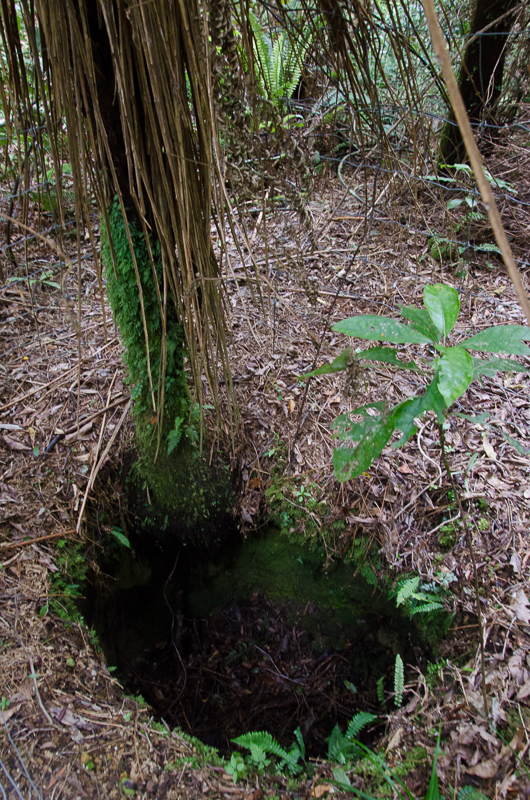
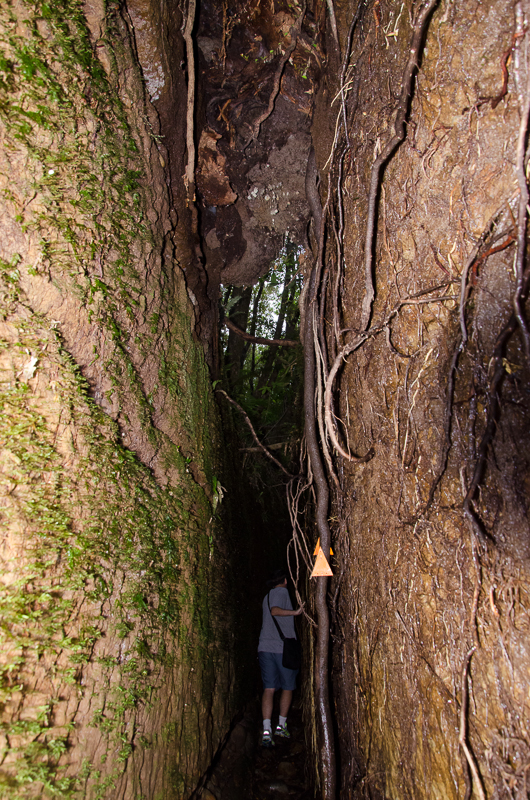
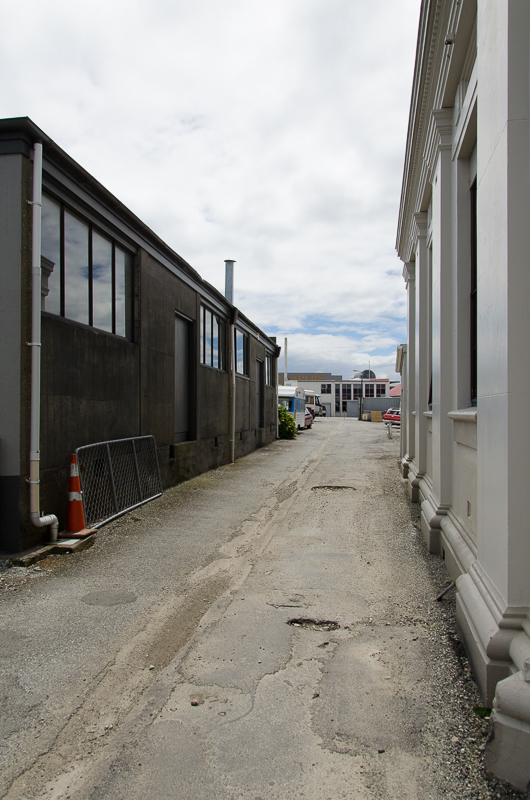
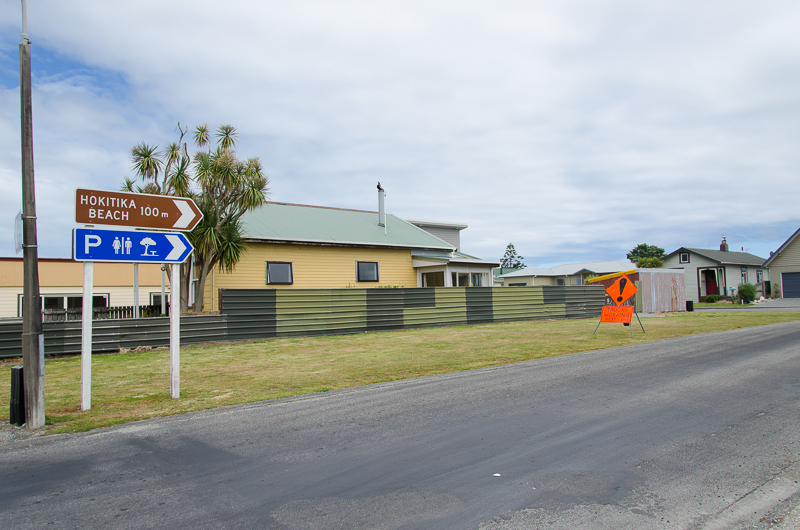
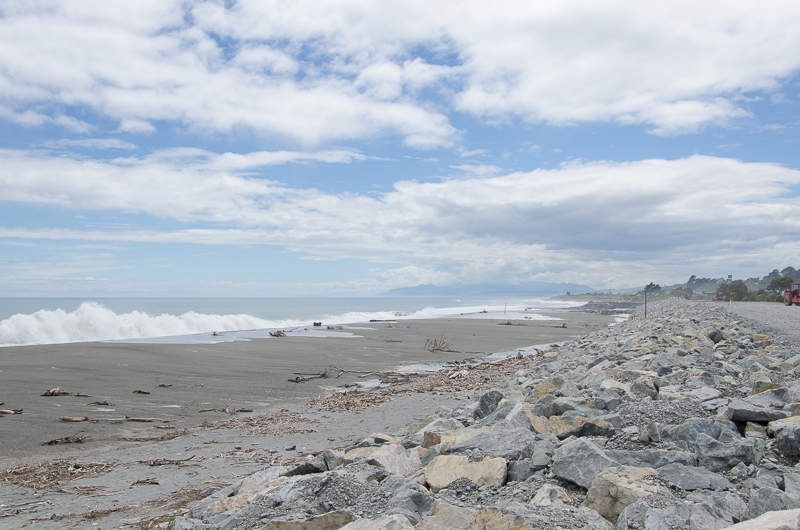
What a great companion to the book! Brings so much to life and lures the uninitiated to the book. Thankyou.
We thought about getting you The Luminaries for Xmas! Unfortunately, I think it got lost amidst the shuffle of me saying “We should get them The Luminaries!” in response to everyone to whom we might buy a present.
Wonderful…thank you. I don’t know that we’ll ever get to New Zealand (from Florida, United States), but if we ever do, Hokitika is our first on the list…
I am reading the book at the moment, it is like another world to me overhere, in Holland. Thank you for the pictures!
I’m glad you enjoyed the photos, Katherine and Erica! It’s a beautiful area, and it was fun to try to imagine what it would’ve looked like during the events of the book.
I reached the page in The Luminaries that lists Lydia’s address as 35 Cumberland St in Dunedin. As I live in Dunedin, I did a quick Google to find where #35 is and was rewarded with your website! Well done! I can see Port Chalmers from where I live on the Otago Harbour and Dunedin was built on the wealth of the goldrush. I’m really enjoying the book and hope you enjoyed your visit here.
Thanks for your comment, Betty. I’m glad you’re enjoying the book. It must be even better knowing some of the locations and history already. We certainly enjoyed our visit to Dunedin and the Otago Peninsula!
Just finished (and immediately re-reading) the book, and very much wanted to learn more about the places mentioned. This is the most informative site I’ve found – great photos and commentary, and the link to the West Coast Times is fascinating. Thank you!